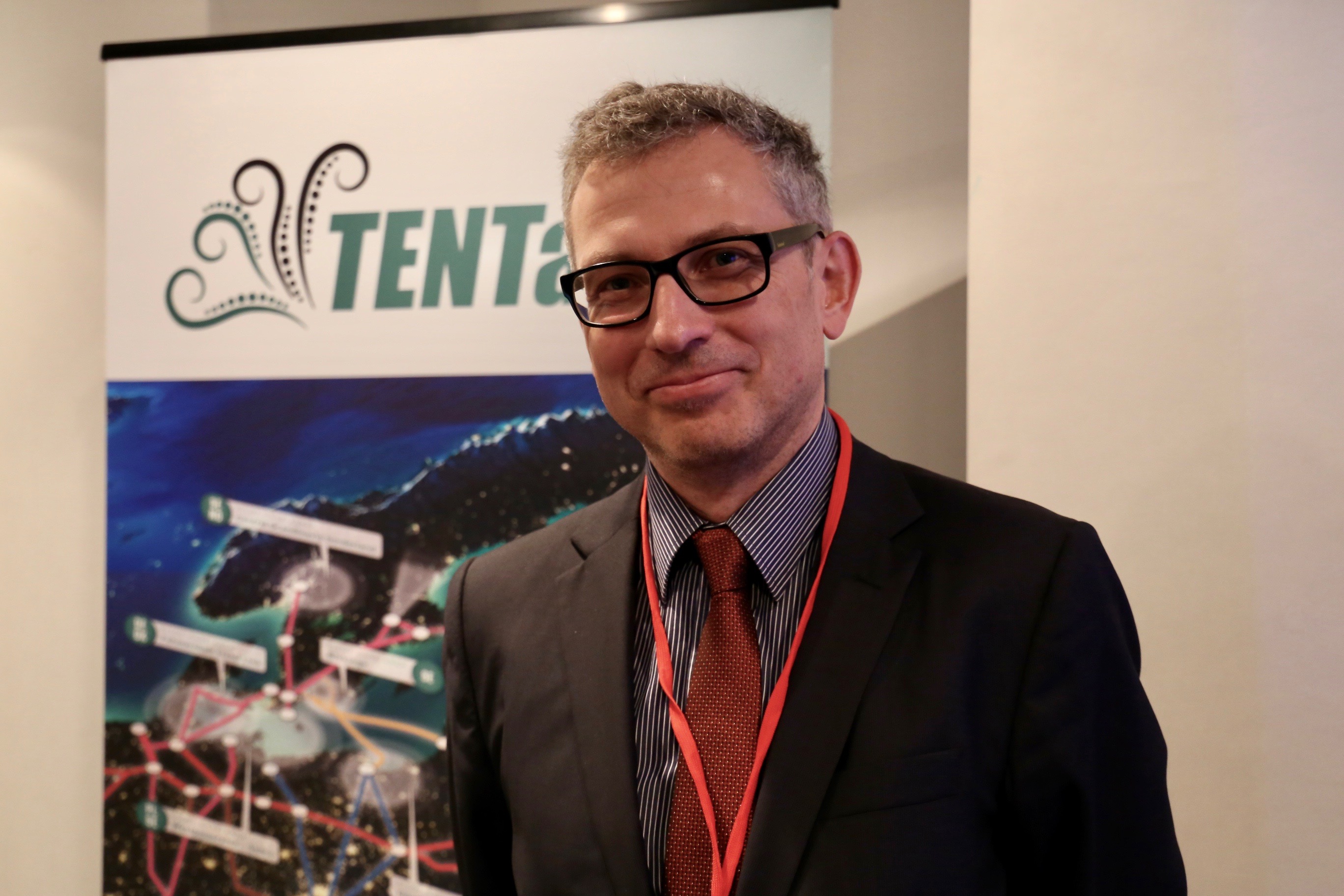About the project
The European Union Strategy for the Baltic Sea Region (EUSBSR) is the first macro-regional strategy in Europe. It aims at reinforcing cooperation within this large region in order to face several challenges by working together as well as promoting a more balanced development in the area. The Strategy provides an integrated framework for improving the environmental condition of the sea, transport bottlenecks and energy interconnections as well as facilitating the development of competitive markets across borders and common networks for research and innovation.
The Strategy also promotes so called flagships in the Baltic Sea Region. These flagships are projects that have a macro-regional impact and start from joint initiatives involving partnership from different countries. They illustrate the work carried out under different policy areas and joint actions.
During the last meeting of the National Coordinators, TENTacle was approved as latest flagship in the Policy Area Transport.
With its headline ‘TENTacle - Capitalise on the core network corridors implementation for the prosperity, sustainable growth and territorial cohesion in the Baltic Sea Region’, the project and the EUSBSR are along the same lines - TENTacle is the new flagship project of the EU Strategy for the Baltic Sea Region.
“The project has the potential to open up the implementation of the TEN-T core network corridors in the Baltic Sea Region to a broader group of stakeholders and a wider geographical area”, says Peter Schenk, European Commission, DG Regio, having the overall responsibility for overseeing the EUSBSR. “This is in line with the overall ambition of the EUSBSR to strengthen ties and deepen the dialogue between different actors at all levels of governance through the development of joint projects/processes and the establishment of new networks and joint initiatives. We count on the project to deliver a sustainable impact and we welcome possible synergies and complementarities with other macro-regional transport projects in support of the implementation of both the TEN-T core network corridors and the EU Strategy for the Baltic Sea Region.”
TENTacle supports the EUSBSR key challenges of connecting the region and increasing prosperity. It further follows the idea of bringing together initiatives in different sectors as well as promoting cooperation between stakeholders in the Baltic Sea Region.

“We intend to assist the EUSBSR Policy Area Transport decision-makers in exploring synergies between the TEN-T core network corridors and the Strategy”, says Wiktor Szydarowski from TENTacle’s Lead Partner Region Blekinge. “So far, the knowledge how these two policy instruments may strengthen each other is not existent. Our ultimate product we plan to deliver – the policy and action suggestions on how all Baltic Sea area territories, irrespective of the geographical location, may benefit from the prosperity, growth and cohesion impacts generated by the TEN-T core network corridors – shall significantly contribute to improved competence in transport planning and management both in the Baltic Sea countries and at the macroregional level.”
The projects Scandria®2Act and NSB CoRe have been approved as flagships as well. Both are cooperating projects of TENTacle. All committed themselves to coordinate the implementation of their activities and aims.
More Info:
The TEN-T core network corridors (CNC) is a new instrument of the EU transport policy, aimed to improve mobility, intermodality and interoperability on the major transport axes across Europe. The Baltic Sea Region (BSR) is intersected by three core network corridors being Scan-Med, North Sea-Baltic and Baltic-Adriatic.
A broad range of stakeholders are expected to be involved in a joint action to remove by the year 2030. Implementation of the three core network corridors has a large but untapped potential to stimulate positive effects in the BSR beyond the pure transport sector and beyond the immediate geographical areas they cross.
Opening it up for a broader group of stakeholders and a wider geographical area requires tackling major capacity challenges. These are, for example, related with a low awareness and deficient understanding of how the CNC implementation can help improve accessibility and connectivity challenges in specific territories. And this is what TENTacle will foster in the coming years.
By working across the borders and sectors we will:
Improve stakeholder capacity to reap benefits of the core network physical, technical, operational and administrative bottlenecks along these corridors corridors implementation for the prosperity, sustainable growth and territorial cohesion in the BSR.
In practise, this means that by the end of 2019:
- All territories in the BSR can profit from the CNC, irrespective of the geographical location;
- The involved public authorities and market players are able to deliver effective growth and prosperity policies and strategies, and work out effective logistics solutions complementing the CNC investments;
- European Coordinators leading the CNC implementation receive an organised project-based support in mobilising stakeholders both in and outside the specific corridors to a joint work;
- Transport authorities around the Baltic Sea are aware of the two policy coordination instruments of CNCs and the EUSBSR, and are able to use the synergy gains in routine planning, management and implementation processes;
- Other European macroregions are inspired by the BSR way how to reap benefits of the core network corridors for the purpose of prosperity, growth and cohesion.
Learn more about the TENTacle project on www.tentacle.eu More information about the EUSBSR and its flagships can be found on www.balticsea-region-strategy.eu/action-plan


